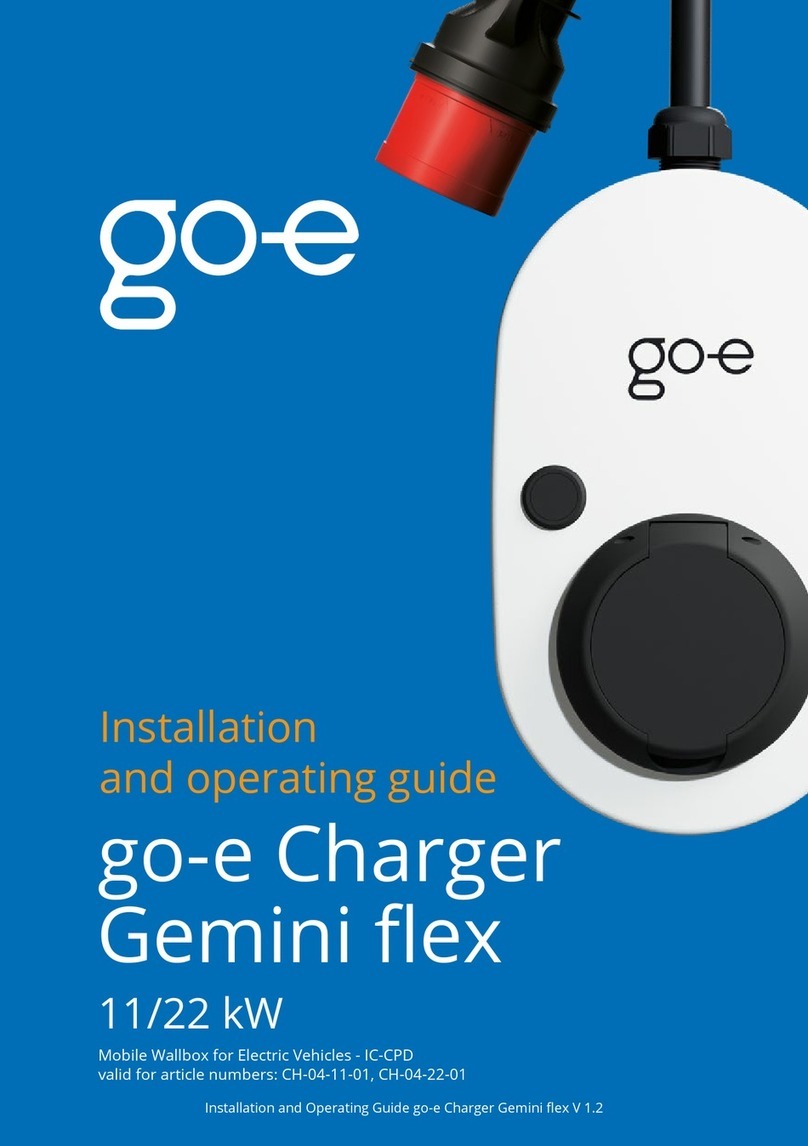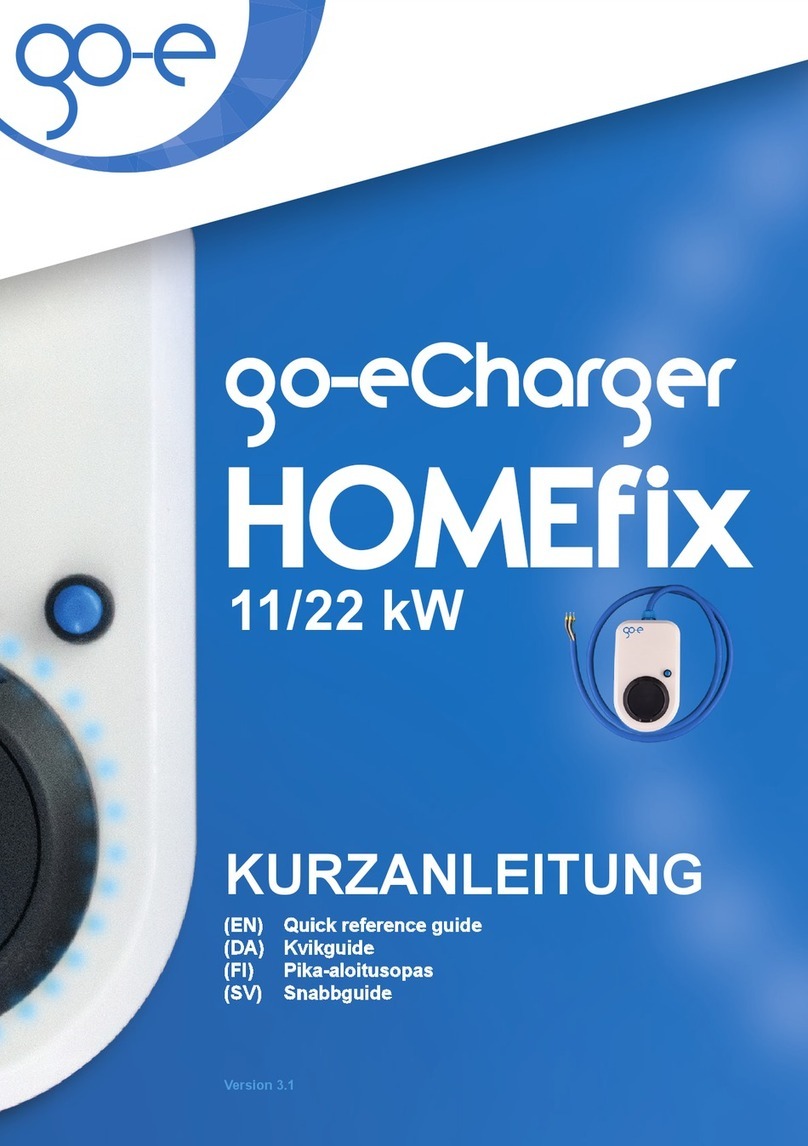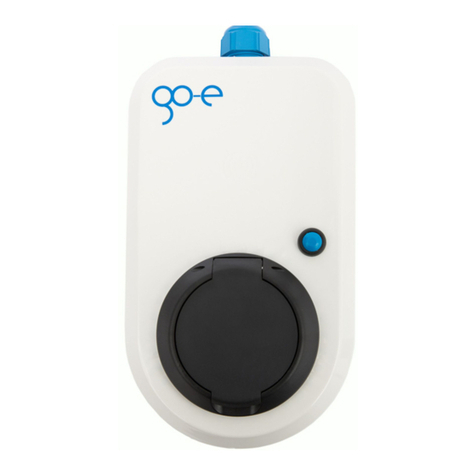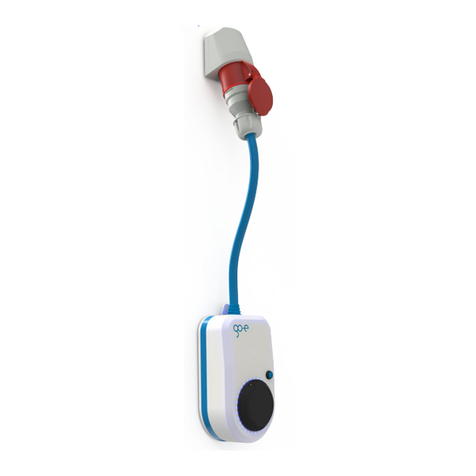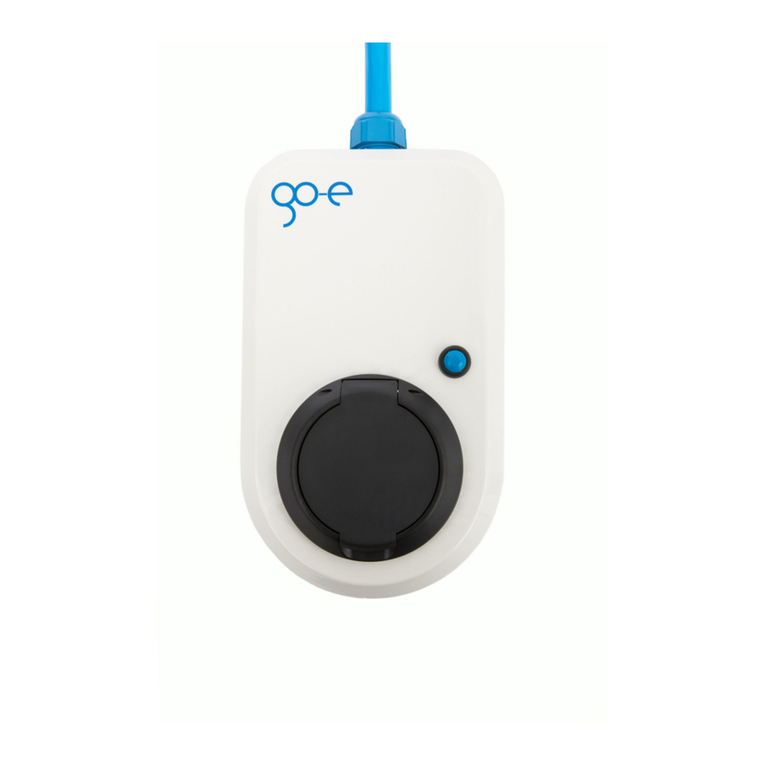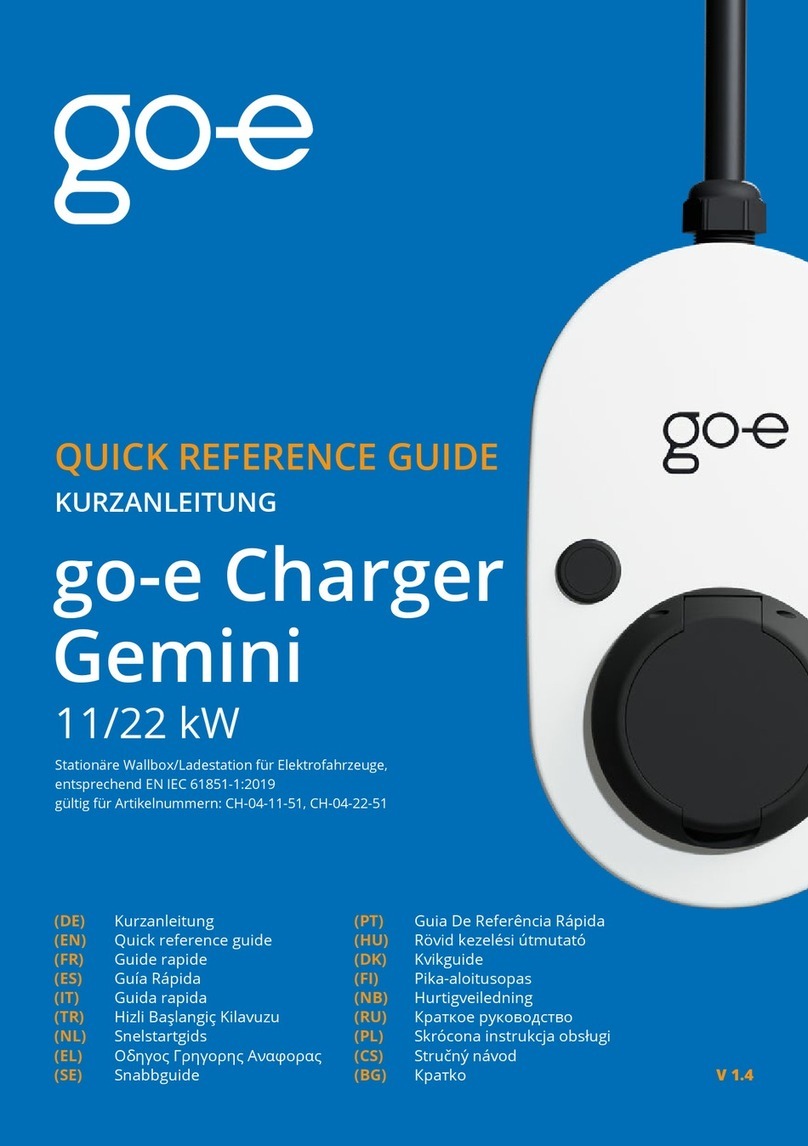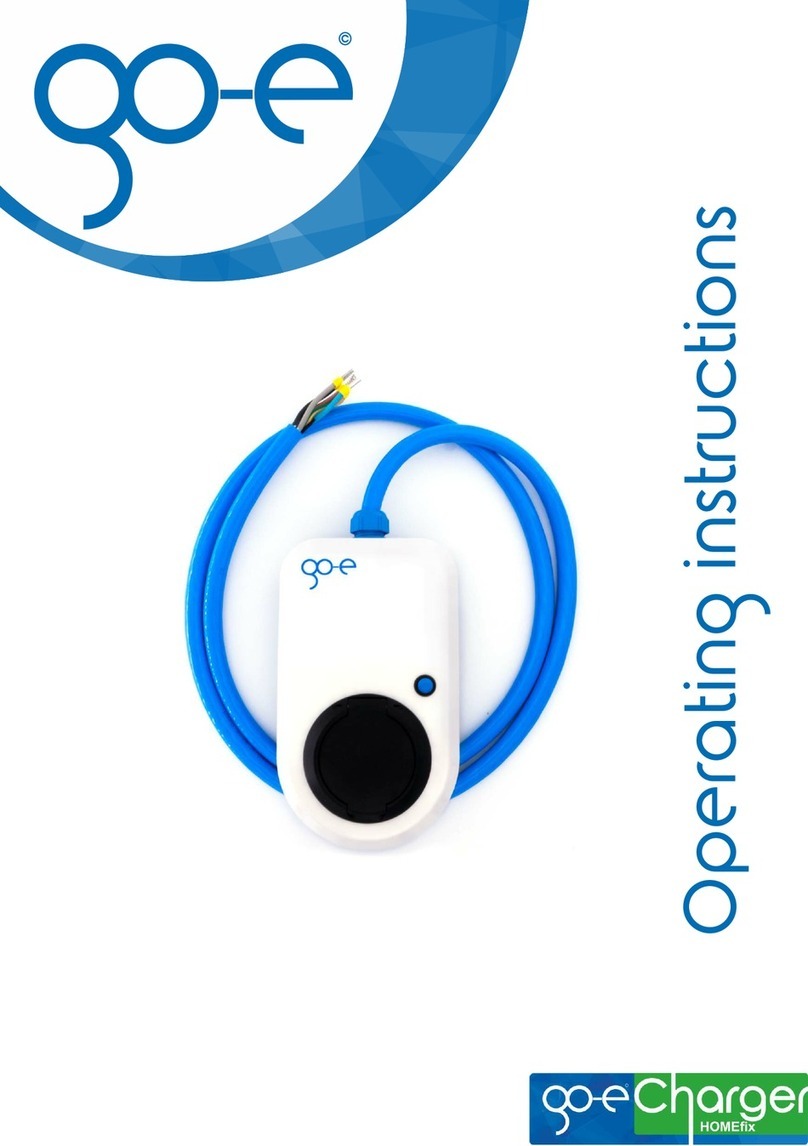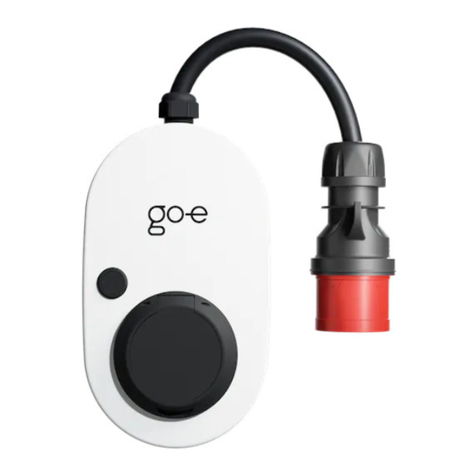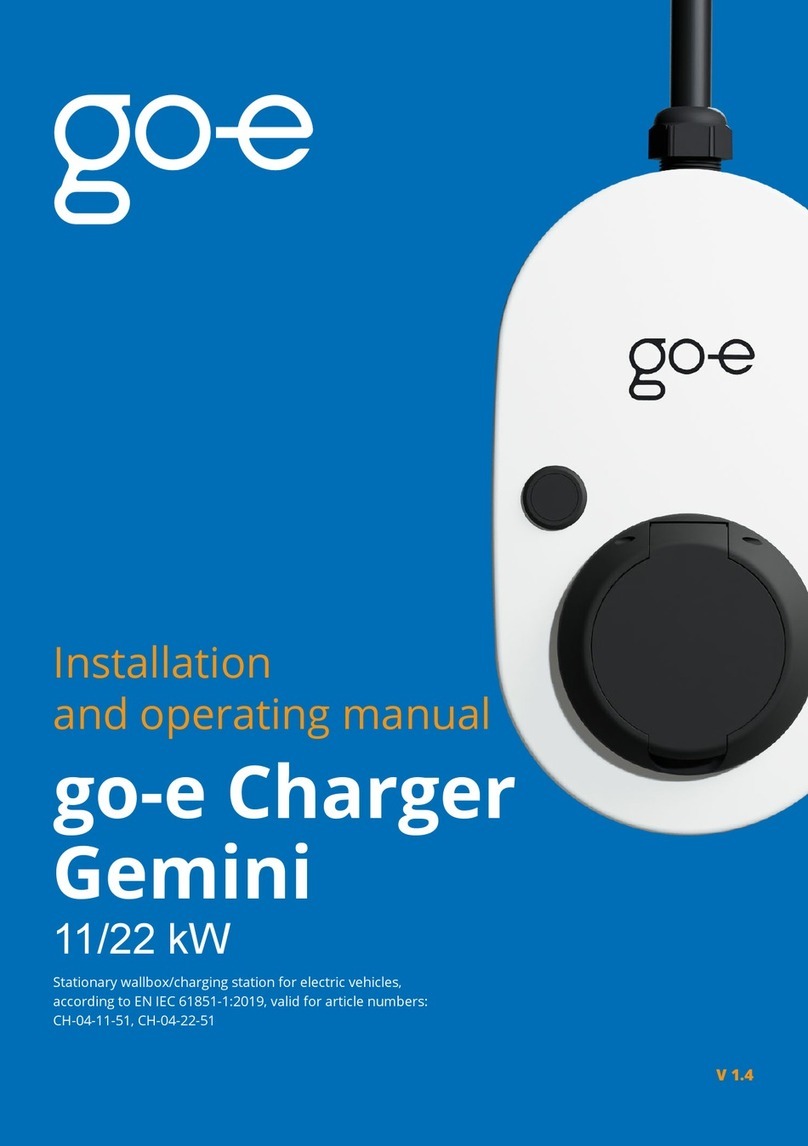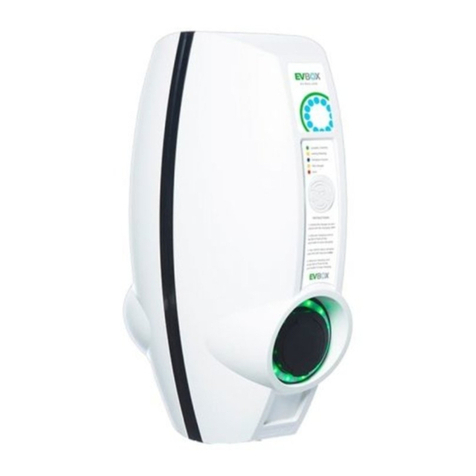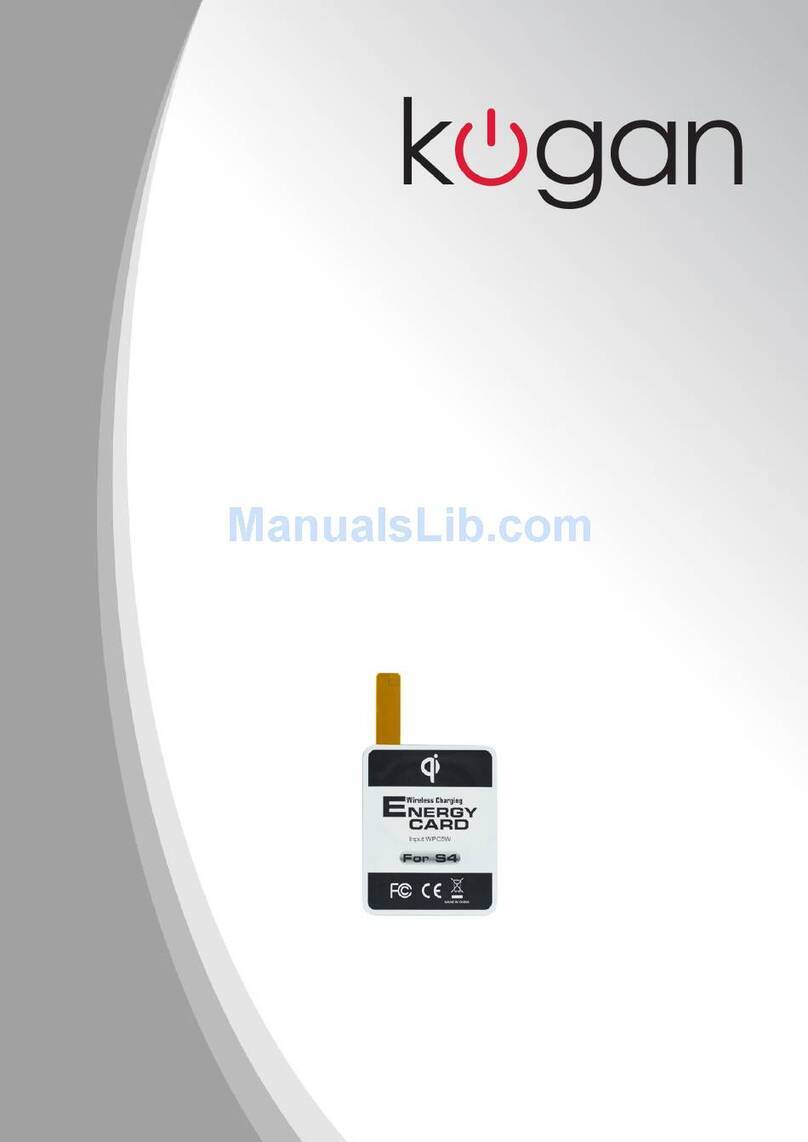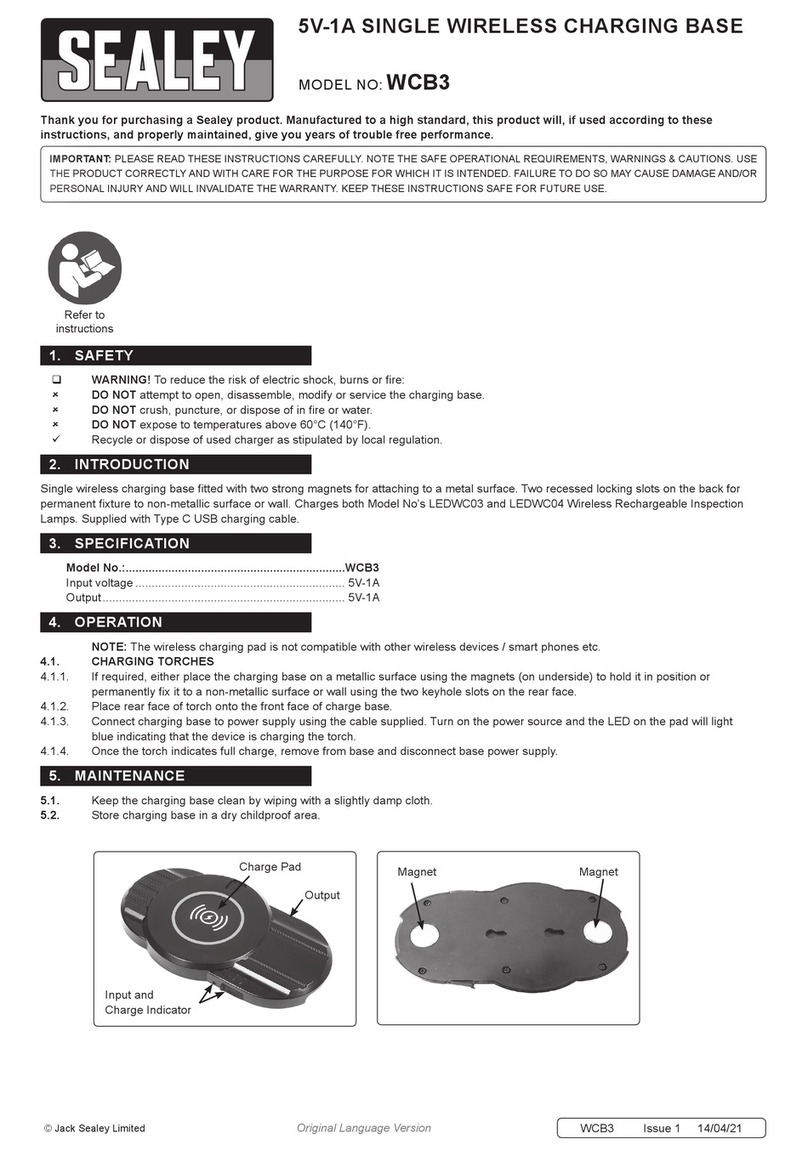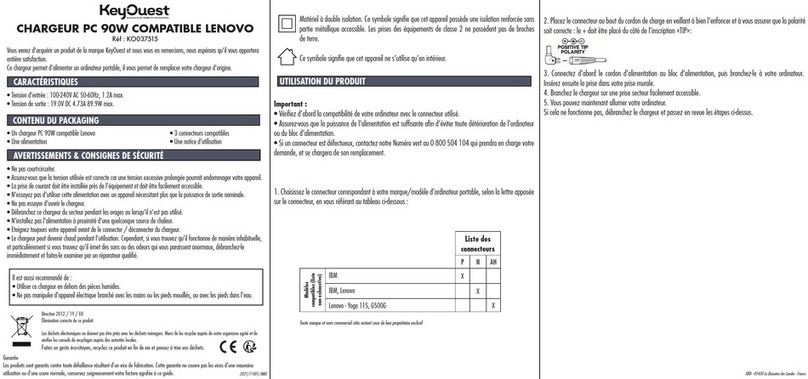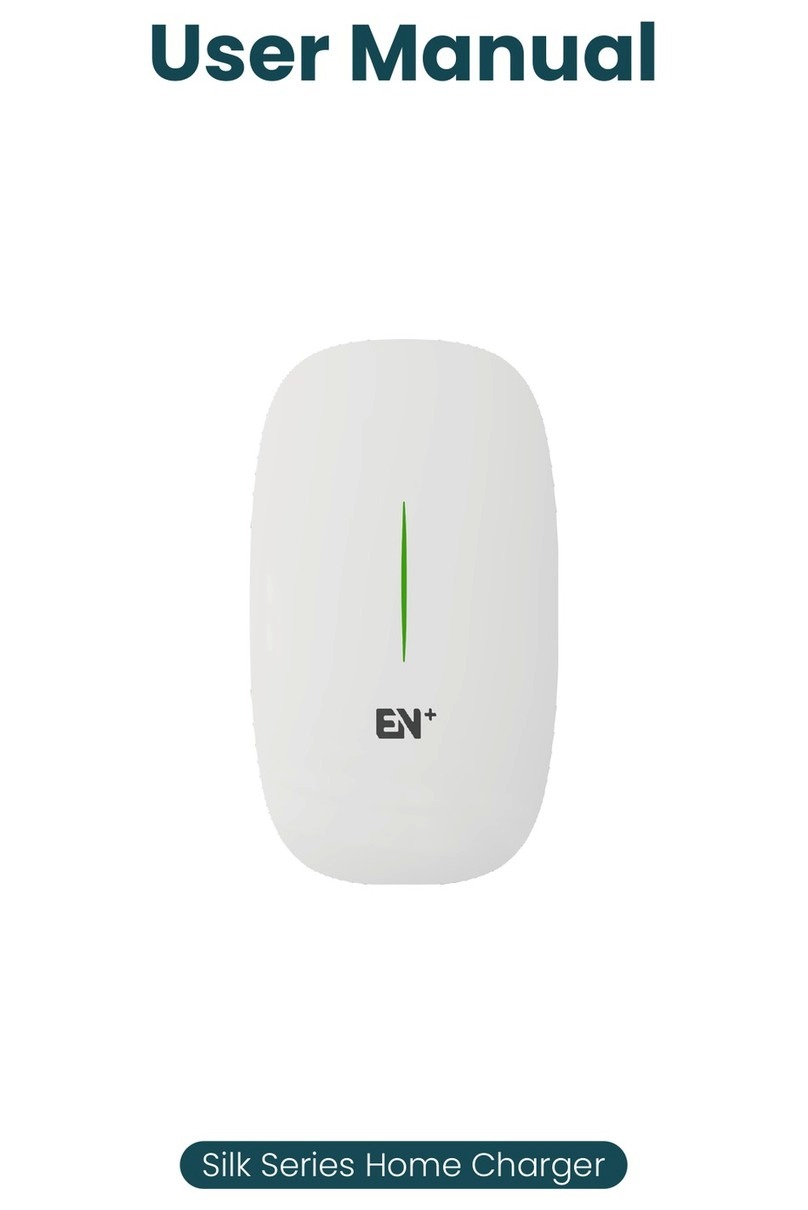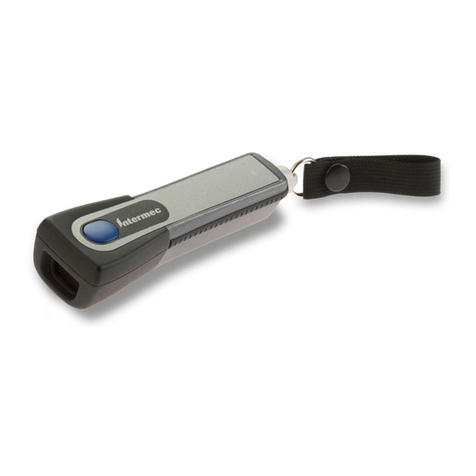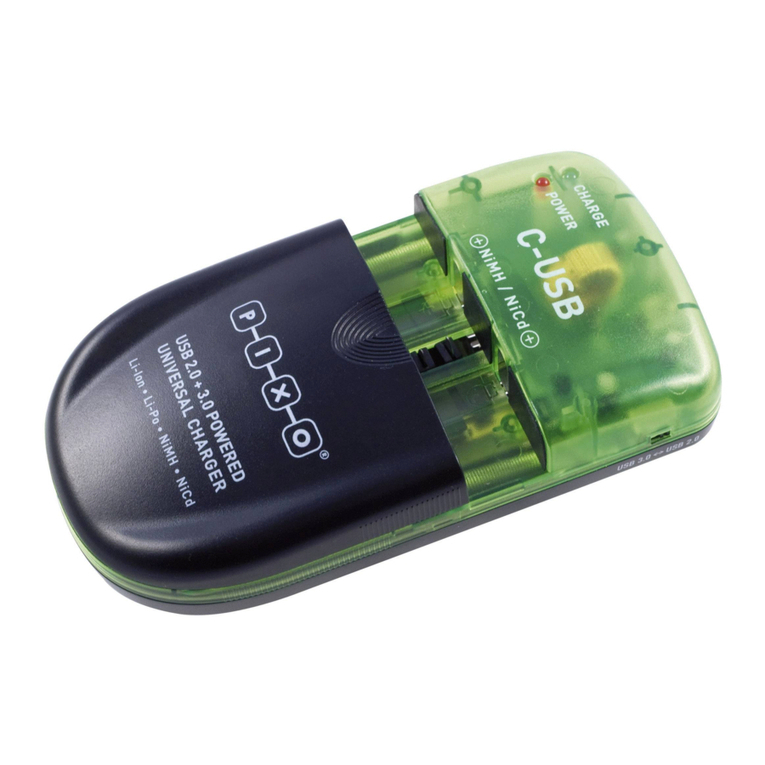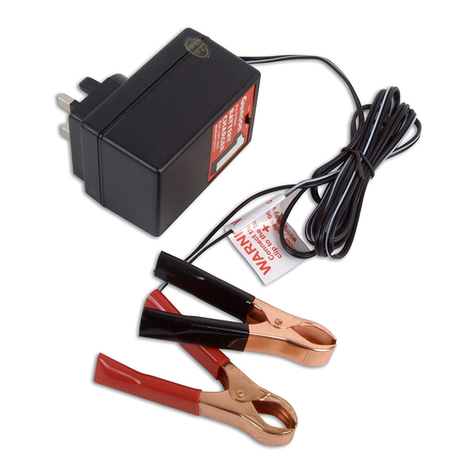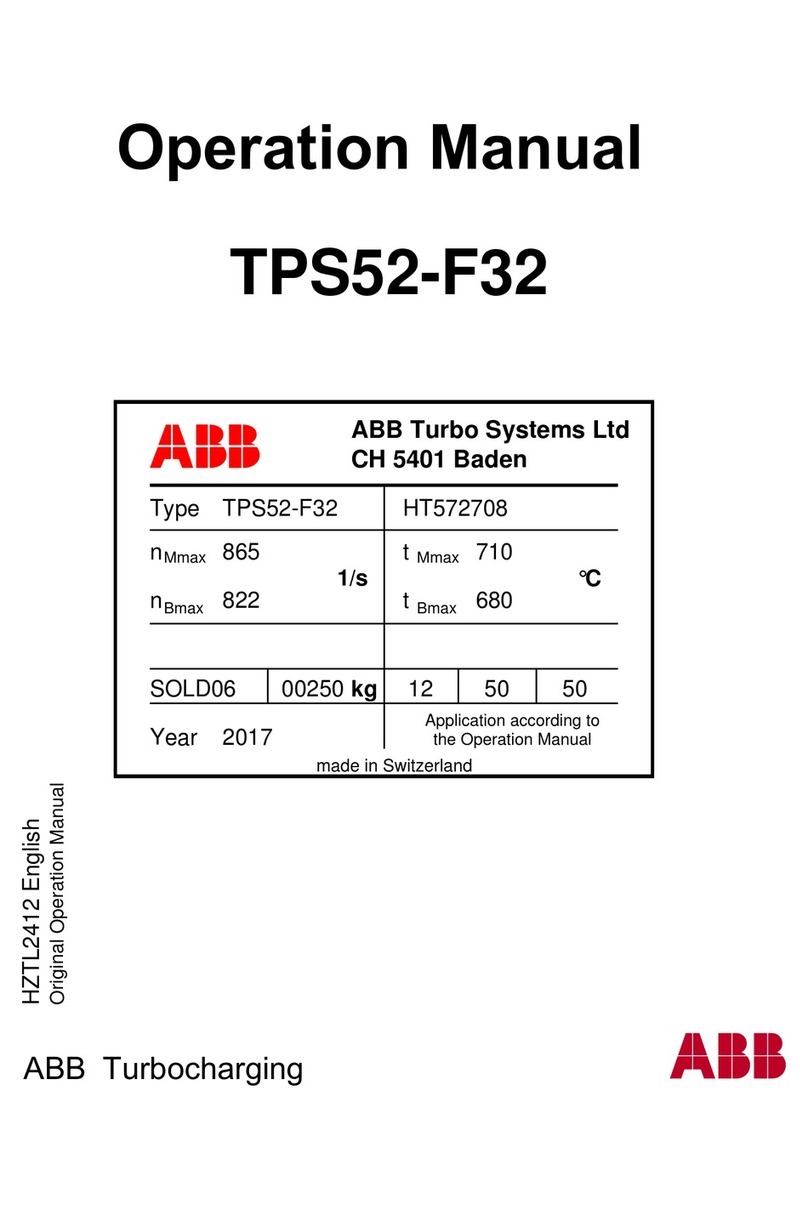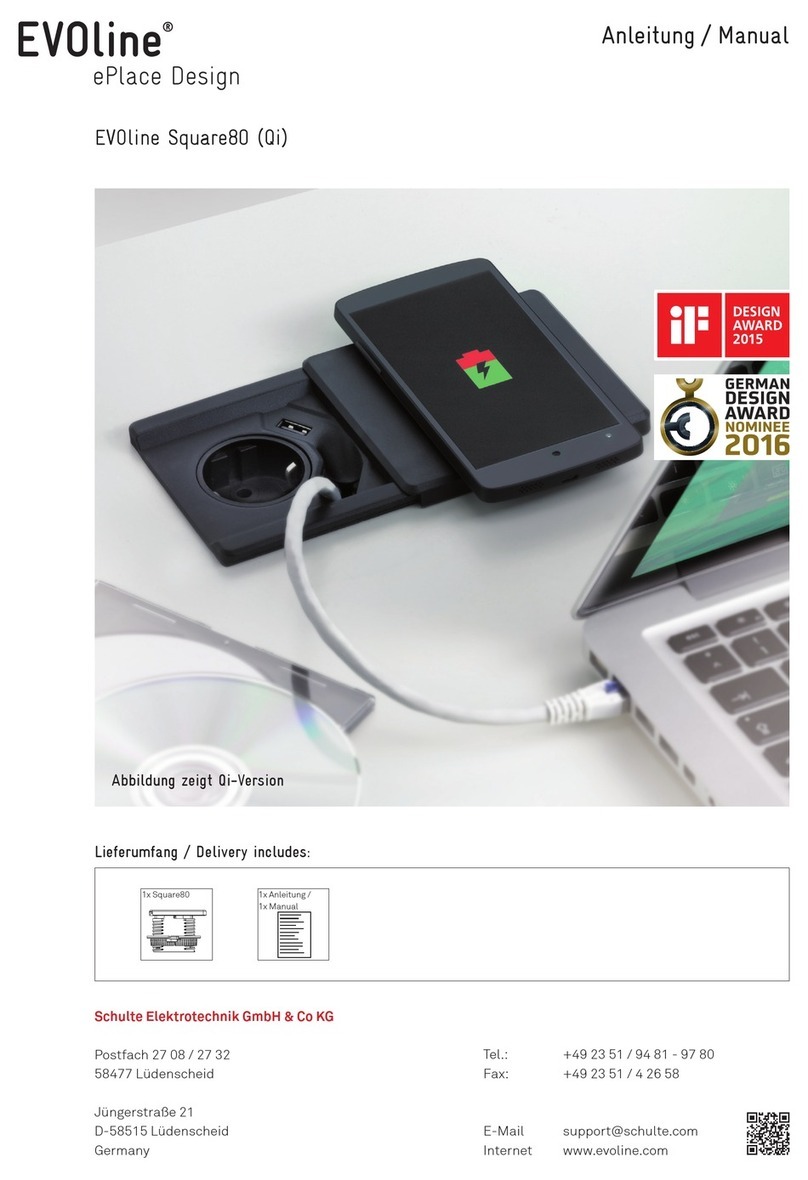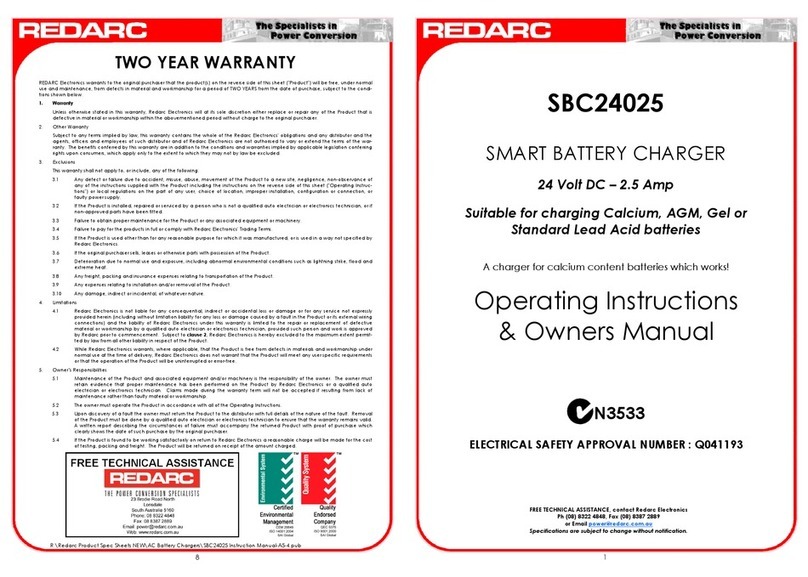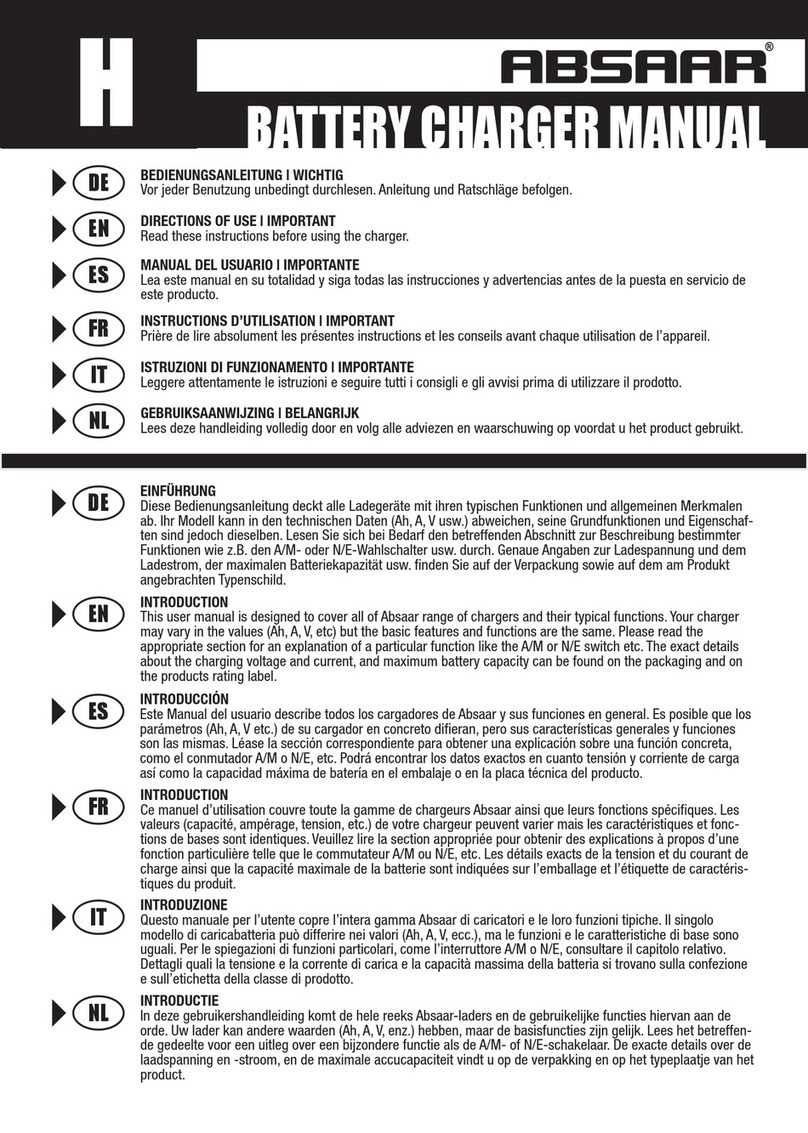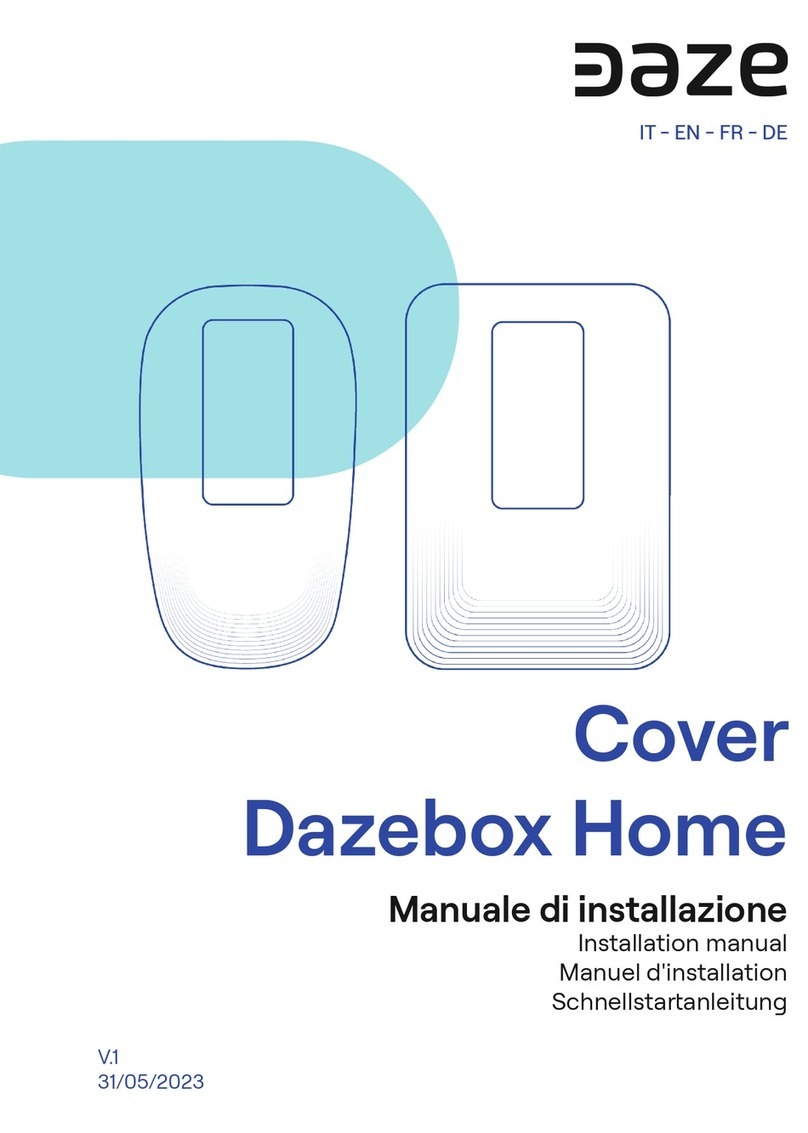
99
Disposal
Opening, conversions,
repair, maintenance
Registration/approval
obligation, legal information
Any modication or repair of the hard-
ware or software of a go-e Charger may
only be carried out by specialist person-
nel of go-e GmbH. The attachment of a
CEE plug to the connection cable is com-
pletely prohibited.
For safety reasons, the disassembly of
an allegedly defective, permanently in-
stalled go-e product may only be carried
out by a qualied electrician. Before dis-
mantling an allegedly defective product,
always contact go-e‘s technical customer
support and wait for its decision on the
further procedure for handling the ser-
vice case.
Removing and damaging warning noti-
ces attached to the go-e Charger or ope-
ning the device will result in the loss of
any liability by go-e GmbH. The warranty
also expires in the event of any modica-
tion or opening of a go-e product.
The go-e Charger is maintenance-free.
The device may be cleaned with a damp
cloth. Do not use cleaning agents or sol-
vents. Do not clean the device with a
high-pressure cleaner or under running
water.
According to directive 2012/19/EU (WEEE
directive), electrical devices must not be
disposed of in household waste after the
end of use. Take the product in accor-
dance with national legal requirements
to a collection point specially set up for
waste electrical equipment. Also dispose
of the product packaging properly so
that it can be recycled.
Depending on the country, the require-
ments of the authorities and electricity
grid operators must be observed, such
as the obligation to register or obtain
approval for ev charging stations or the
limitation of single-phase charging. Con-
tact your grid operator/electricity provi-
der to nd out whether the go-e Charger
requires registration or approval (e.g. in
Germany) and whether other limitations
must be observed.
The copyright for these operating inst-
ructions is owned by go-e GmbH.
All texts and illustrations correspond to
the technical status at the time of wri-
ting. go-e GmbH reserves the right to
make unannounced changes. The con-
tent of the operating instructions does
not justify any claims against the ma-
nufacturer. Pictures are for illustration
purposes and may dier from the actual
product.
